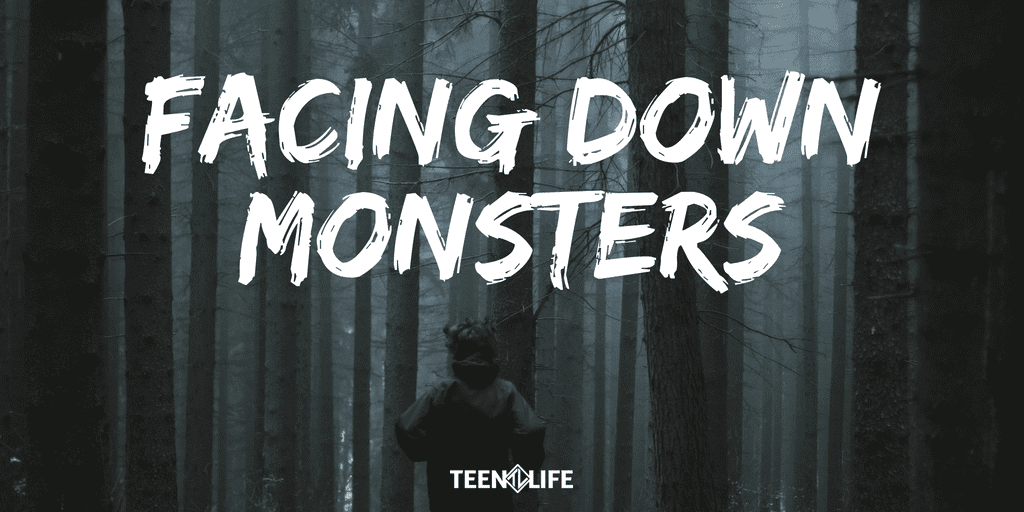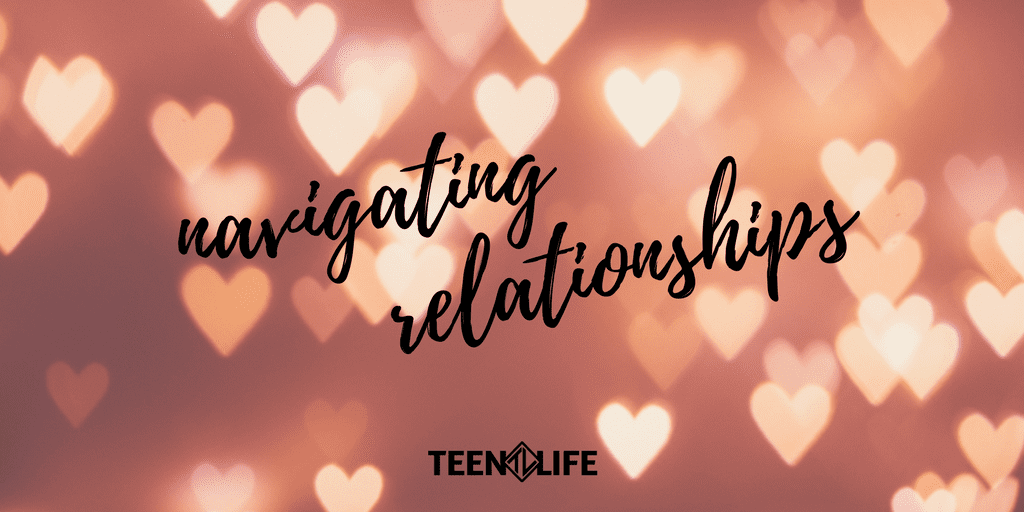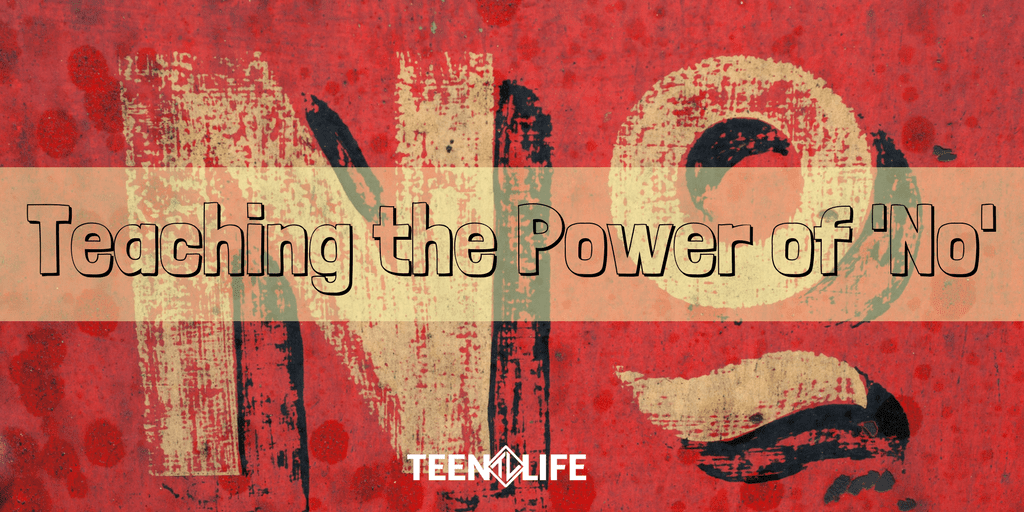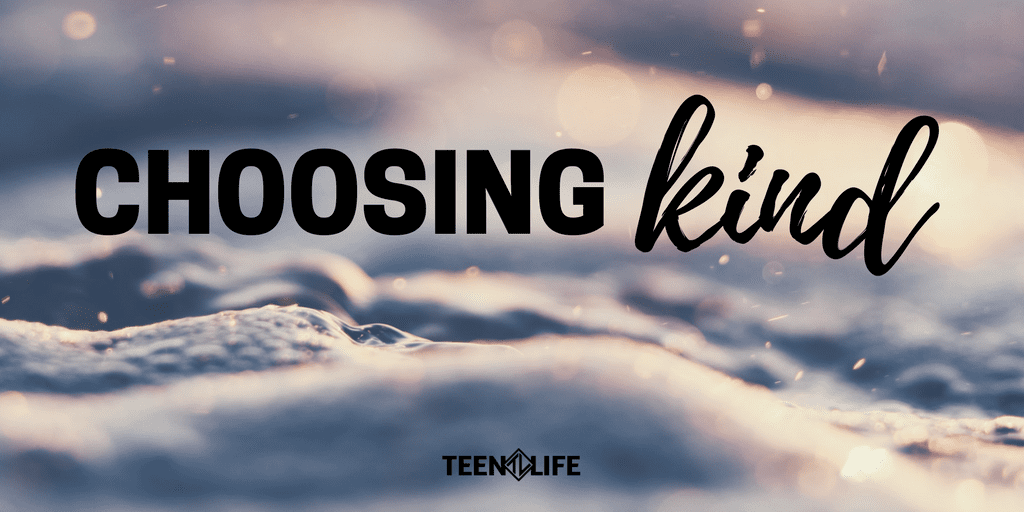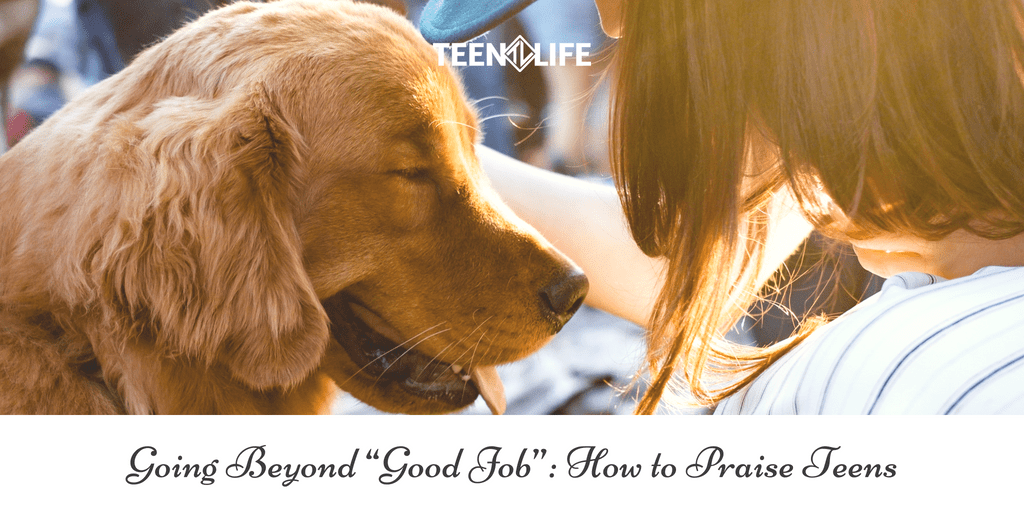
Going Beyond “Good Job”: How to Praise Teens
Have you ever experienced a scenario like this:
You’re talking to a teen and they tell you about a situation where they had to make a choice. A friend was pressuring them to do something wrong, something they have always done. In the past, this teen would have chosen to go along with their friend, to give in to the pressure to do something they know is wrong. This time though, they chose to do the right thing. They tell you that they ignored their friend all weekend and chose to stay home. The teen chose to not participate in the wrong-doing.
You say something like, “That was a great choice!” The teen looks at you, shrugs off your comment and moves on.
This teen just revealed a life changing moment for them and they get a “great job”. We think we just praised them for doing the right thing when in reality, a moment was missed to truly dig deep and offer meaningful praise to a teen who is struggling. The teen doesn’t feel heard or like they made the right choice. They feel like a child that got a pat on the back.
This scene is played out often, and I have come to learn that these are moments where a lot of us fail. It is sometimes too easy to give a standard response, to simply say “great job” with a pat on the back. While this may feel good to say, it doesn’t necessarily hold any weight when it comes to developing a trusting relationship. These placating statements we are guilty of using in everyday life are what causes the eye-rolls, the shrug offs, and can shut down further communication because they are meaningless.
True praise for teens, especially those who are in tough situations, requires more heart. The word ‘praise’ actually comes from Middle English meaning “attach value to”. If praise is meant to attach value to, then we need to work on our approach to praising. We need to dig deeper into using meaningful praise in order to ensure that our teens know they have value. This means using words to ensure that teens feel heard, that they know they did the right thing, and the qualities they possess to continue doing the right thing.
In the scenario above, I have experienced the difference that occurs when I have used this deeper approach to praise. I point out how they made a tough decision to move beyond what they have always done. I make my case by detailing the qualities they exhibited such as being responsible, setting an example, and made a brave choice. The responses from teens when they are given this praise is more positive. They might not have anything to say, they may even respond shyly if they have never experienced someone going beyond “good job” in their lives but you will see the change. There is a light that shines when someone feels valued.
For teens that rarely or never experience positive interactions with adults, changing our tune on praise helps them see that they have worth. Attaching value to their actions changes the tone of conversations and encourages teens to continue to make positive choices. They learn that they have value that is seen by someone in their lives who wants better for them. I challenge each of you to move beyond “good job” and search for ways to attach value to the teens in your life.

